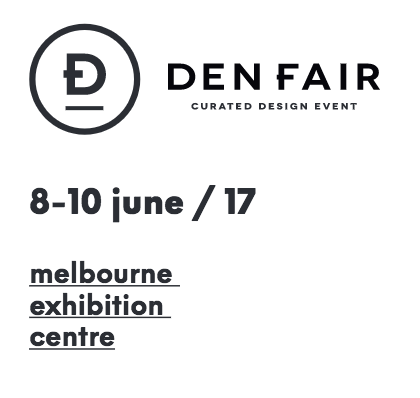
Talents in Tandem
The arts and architecture both have a pivotal duty in culture. Each inspires and informs the other, through their purposes are perfectly estranged from each other. Art and architecture can both challenge norms in society and each recognises the value of the other. And working together to achieve these goals seems only natural and worthwhile.
This point of contention is leading some to think artists and architects are shaking hands and parting ways. However, Skein have embraced the relationship and have worked with their skills to create objects, installations, and architecture all of which bring into sharp relief the symbiotic relationship between the two.
Skein are a studio who are involved in both architecture and art. In the way of installation artworks and curated exhibition for the latter, detailed architecture and object design for the former.
Steve Hooper and James Martin, the enthusiastic practitioners behind Skein, have found themselves located at the intersection of art and architecture. Using James’ capabilities as a former carpenter and Steve’s aptitude for all things art, Skein use their respective backgrounds to bridge this gap.
Recently commissioned to design and install the exhibition space for Adelaide’s inaugural Festival of Contemporary Aboriginal and Torres Strait Islander Art. The TARNANTHI festival celebrates the Aboriginal and Torres Strait Islander art from established art centres and artists around Australia.
To respond to this, Skein created an interactive exhibition framework to create personal and physical engagement with the art, encouraging people to pull and play with the art on display. Through this celebrating the personalities and qualities of the artists and art by providing an architectural response to engage users with their art in a unique way.
Having applied this thinking to the physical, they diverged the more technological and spatial. Producing a striking audio-visual installation at Semi-Permanent 2016 at Carriage works in Sydney. In collaboration with Rodeo and Getty Images, Skein leveraged their architectural abilities to produce a space in which users could be completely immersed in the visuals created and experience fully the scale of the images projected.
Exploring the nature of an artistic object is a tantalising prospect for Skein too. Selected to create an object of place for Narnungga Park 25 in Adelaide James and Steven turned to the digital Using their skills in digital parametric modelling, they worked with metal fabricators and their own mental fantasies to produce an unnatural sculpture that sit’s in perfect harmony with the natural surroundings of the park. The FLOCKshelter is austere and harsh, with a multitude of sharp facets and sweeping cuts, yet sits with a sense of place within the native forest that surrounds it.
It is thinking which is propelling Skein from strength to strength. The exploratory nature of their installations and work with the arts bleeds into their architectural practice. Seeing the mutual benefits of a respectful relationship between the two proves, at least to this writer, that the feud between these two houses of creative endeavour is one that can be overcome. Whether architecture is in fact art may be forever in contention, but there is no doubt that architecture and art each lean on the other. And perhaps it’s best to celebrate this than squabble over semantics.


















